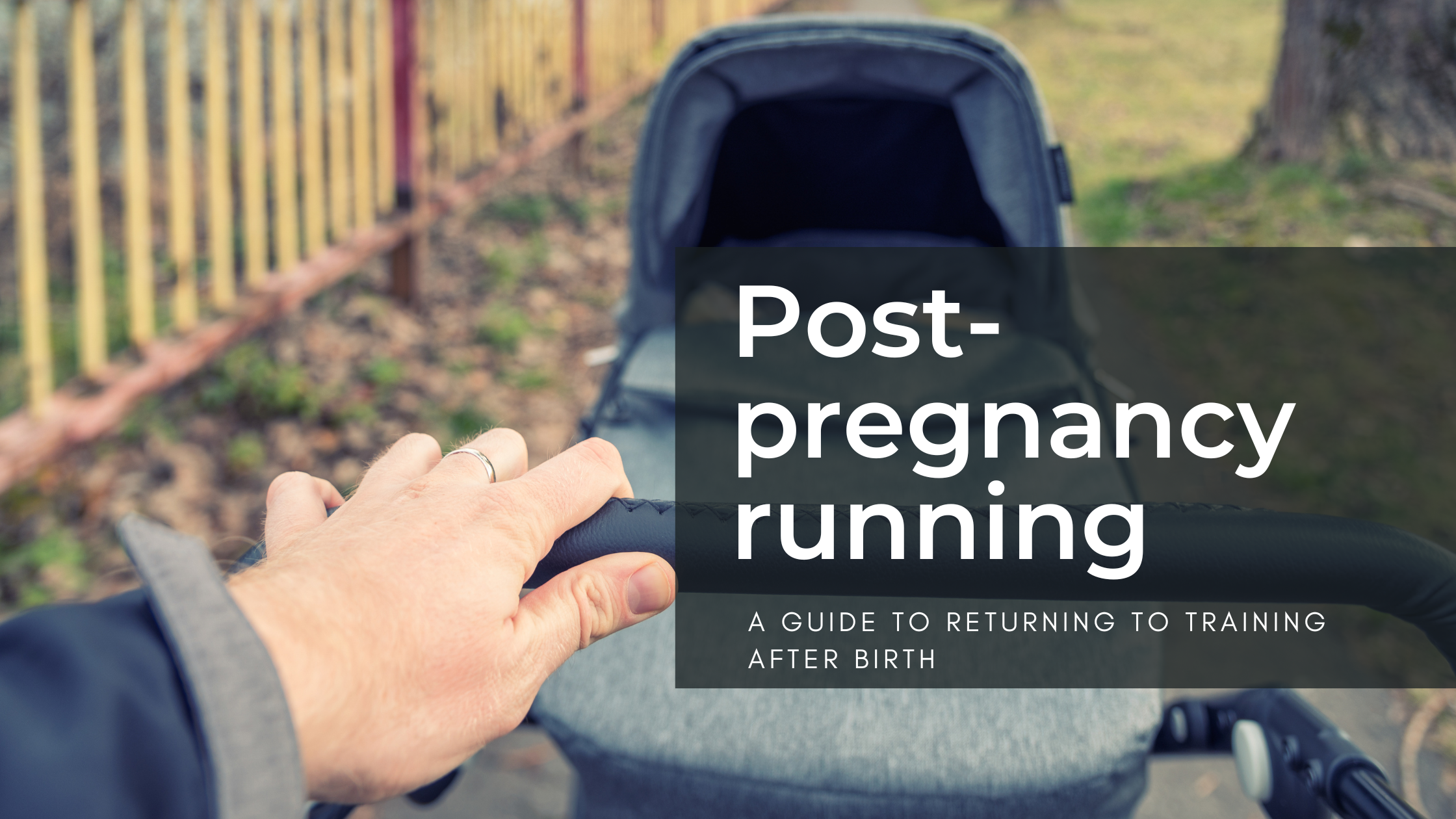
I am the mum of a 5-month-old little girl as well as a running coach, personal trainer and yoga teacher, specialising in pre and postnatal fitness. I am also the founder The BareVitality Studio, an online holistic fitness program. I can personally tell you the journey back to running takes patience and hard work. It is, however, a rewarding and humbling experience that really highlights gratitude for how capable and strong our bodies really are.
Every pregnancy, birth and recovery is different so unfortunately there is no magic formula for exactly when you will be ready to run and how long until you return to your pre-pregnancy pace. You may have the running itch not long after your little one arrives or, just as possibly, it’s the last thing on your mind while juggling sleep deprivation and all that comes with the newest member of your family.
It’s important to note that this guide can be followed at any point and you shouldn’t feel pressured to start your journey back at a specific point in time.
Only you can gauge when you feel ready – this is going to look different for everyone and for every pregnancy.
Below, however, is a guide to get you back on track to run safely and strong.
The 6-week mark
Visit your GP and postnatal physio!
Have your GP check that all stitches have healed (if you needed them). Have your physio check abdominal separation, pelvic floor strength and activation and risk of prolapse.
For the majority, the 6-week mark is going to be where you start building up strength, while allowing your body to continue to gently heal.
Your muscles have been stretched and weakened during pregnancy, so this is the time to focus on your prescribed pelvic floor and deep core rehab exercises. As well as body resistance exercises such as bridges, focus on 4-point kneeling leg and arm extensions, incline push ups on a wall or bench, calf raises and supported wall squats.
It is recommended to avoid any high impact activities at this point, including running. You can, however, start to build up your cardio by walking up hills and doing stair reps while introducing low intensity swimming and/or cycling if you feel up to it. Postnatal yoga, stretching and pilates are also a great addition to your recovery process.
It can feel disheartening, as though you are starting from scratch and the reality is, you are. But your body does have muscle memory and by allowing it the time and approaching recovery with a nurturing mindset, you will be surprised at how well it responds.
Interestingly our feet can sometimes change size and have different podiatry needs postpartum so it’s worth a resize and chat in store to make sure your shoes can support you correctly.
The 10-week mark
At this point you should start to feel more confident with your new movement routine. You may be able to increase the repetitions of your body resistance exercises and be enjoying longer walks with your baby.
Possibly you are noticing your not as out of breathe after your hill and stair reps.
More importantly than anything be consistent with your pelvic floor and abdominal exercises prescribed by your physio as your progress with these is what will allow you to safely return to running.
The 12-week mark
A revisit to your physio is often recommended around this time, particularly if you’re feeling ready to start running, to get the all-clear as well as updated rehab exercises.
Start with just a 2-3 minute light jog, followed by 2-3 minute walk. Repeat thre times per session. This can be done two or three times a week.
Make sure while you are running that you focus on breathing deeply into your diaphragm and only breathe through your nose to correctly engage the pelvic floor. If you notice any leaking or other niggles, this is a clear sign your body is not quite ready and to pull it back.
Initially when possible, you should try to run first thing in the morning postpartum, before a full meal and after you have been to the toilet to create minimal pressure.
Keep going with your movement routine to create a balance of strength, yoga and stretching to complement your running and continued recovery.
From here, it will be a case of slowly building up your running intervals and really listening to your body. It took nine months for your body to adapt to support your baby’s growth and birth. Honour those nine months with a nurturing recovery and have fun on your journey to rediscover your love of running all over again.
Visit BareVitality for lots more free women’s health and fitness content.
